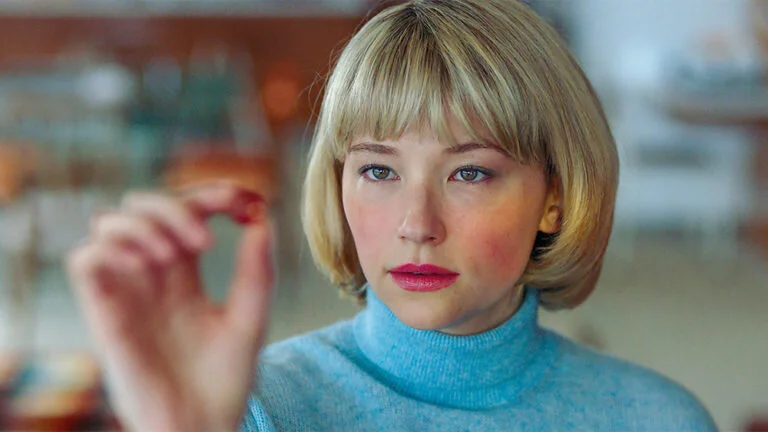Weekend Portfolio: K-NARF & SHOKO - Hatarakimono Project
K-NARF and Shoko, Hatarakimono Project, Portrait No. #026.
For International Worker’s Day, we are featuring Hatarakimono Project by K-NARF and Shoko, artists based in Japan. Hatarakimono translates to “hard worker,” and the series represents the uniformed workers with the dignity and honor that they bring to their professions every day. The duo captured over 100 different workers for the project, and they plan on showing the series around the world in a few decades, when, as the artists predict, many of these jobs may no longer exist. The full series can be seen on K-NARF’s innovative website.
K-NARF and Shoko, Hatarakimono Project, Portrait No. #093
Adrian Knowler: Why is it important to represent working people in your photos?
K-NARF: We use photography as a tool to create an Extra-Ordinary Visual Archive for the future and we wanted to preserve a barely highlighted mainstay of Japanese culture - the strong respect for any kind of work and the people who are doing it (hatarakimono) - before it disappears from our modern society.
K-NARF and Shoko, Hatarakimono Project, Portrait No. #048
Adrian: How did you go about setting up these photos?
K-NARF: We wanted to photograph a panel of 100 hatarakimono that we usually see every day and we simply started by the ones from our neighborhood such as our postman, petrol station staff, delivery man, taxi driver…This project took us more than one year as each photo sessions required to find workers who would accept to be photographed and then get authorizations from their companies.
K-NARF and Shoko, Hatarakimono Project, Portrait No. #044
Adrian: How did you shoot at the workplaces?
K-NARF: For this project, we created a special portable photo studio made of a fabric background and a foldable step. Therefore, we could go everywhere on our motorbike to photograph hatarakimono at their working sites. It was essential for us that each portrait remains as real as possible: 5 minutes before the shoot they were working, 5 minutes later they were back to work!
K-NARF and Shoko, Hatarakimono Project, Portrait No. #097
Adrian: What aesthetic/technical decisions did you have to make when shooting to get consistent and quick images?
K-NARF: Even if it took us a long time to get authorizations we had to be extremely fast for the shooting, so we used a very simple trick: as soon as hatarakimono were standing on the small step they suddenly couldn’t move much and had to stay still. After taking a quick front shot, we helped them to turn around to be able to take sides shots. Of course, as we are in Japan, we always apologized for such inconvenience!
K-NARF and Shoko, Hatarakimono Project, Portrait No. #021
K-NARF and Shoko, Hatarakimono Project, Portrait No. #022
Here’s a video showing how these beautiful “tape-o-graphic” portraits were made.













